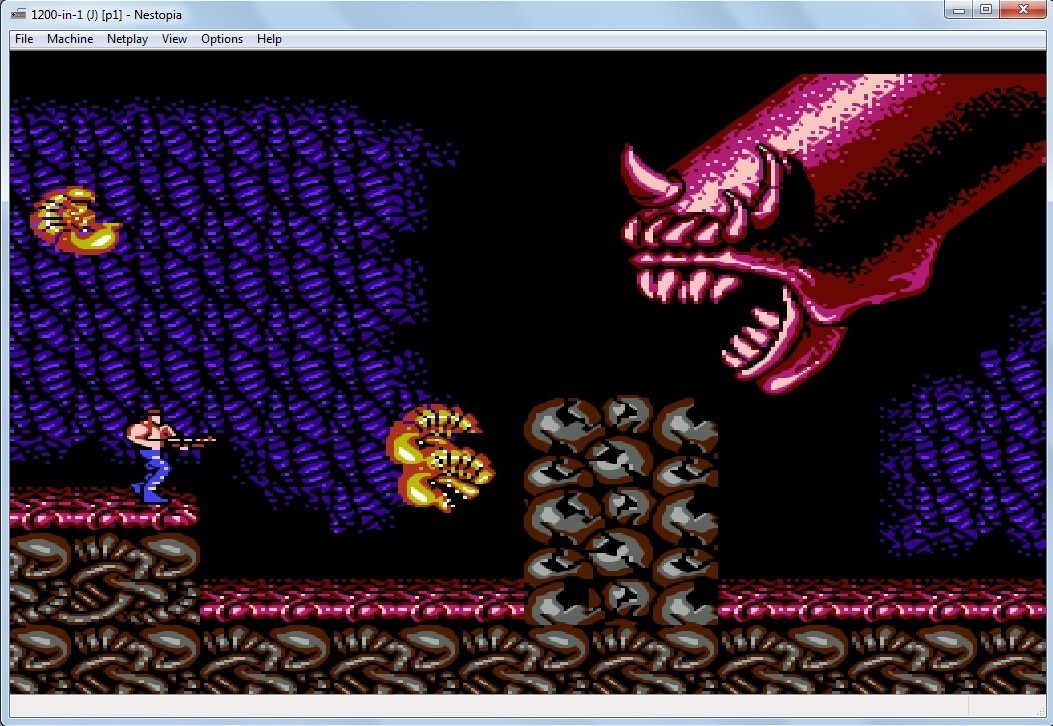

If the movie is not in read-only, however, loading a state will set the movie to record mode and begin recording from that savestate. If you make a savestate while playing the movie and load that state, the playback will simply "rewind" to that state. If a movie is in read-only mode, the movie file can not be altered in any way. You can also select whether the movie is in Read-only mode. A movie dialog box will open where you can select the movie file.
:max_bytes(150000):strip_icc()/007_the-xx-best-nes-emulators-for-android-in-2019-4773703-3cfb4204f3d34769804de8b2d62aab3f.jpg)
Then select "Replay Movie" in the File Menu. To play back a recorded movie, open the ROM. This is referred to as "Bullet Proof Rerecording" because it prevents possible desyncs and lost data from improper/out of order savestate loading. When a savestate is loaded, the movie file in the savestate is also loaded. Īll savestates made during movie recording contain the movie information up to the frame of the savestate. By holding down input and pressing the frame advance key, it will record that input for that particular frame.įor more info seeing Tool Assisted Speedruns.

Pressing the frame advance key will pause emulation and advance it a single frame (1/60th of a second NTSC ). (These can be re-mapped in the Map Hotkeys Menu ).Įven greater precision can be made using the frame advance key. NES > Emulation Speed > Speed up or the "=" will speed it up. Navigating to NES > Emulation Speed > Slow down or pressing the "-" key will slow down emulation. Tool Assisted movies take advantage of slowing the emulator down in order to increase precision of the movie making process. Both can also be access through the File > Savestate Menu Both of these can be assigned under the Map Hotkeys Menu ). (The default key for making a savestate is "I" and the default key for loading a state is "P". This can be used to undo mistakes or to test different strategies for a particular segment. This will return the movie back to the spot in the game where the savestate was made. Once a savestate is made, it can be loaded with the *loadstate command. This is a snapshot of the game's current memory contents. If you select browse, you will be prompted to find a preexisting savestate file to begin recording from.Īt anytime while recording, you can make a *savestate.

If you select "Now", a savestate will be made at your current location in the game, and the movie will begin recording from there. Selecting "Start" will begin the recording from a Power-on (Hard Reset). You will be prompted to name the file and to select where to record from. Then simply select "Record Movie" in the File > Movie Menu. Movie features in FCEUX are designed specifically for making Tool-assisted Speedruns. Movie files from other versions (.fcm) can be converted to. The file format is unique to FCEUX and not compatible with other movie recording versions of FCE Ultra. Such data is not needed, because the emulator can reconstruct it during movie playback. Movie files don’t contain any sound or image data. Unless the movie starts from the console power-on or from reset, the movie file might also contain a savestate that loads the beginning point of the game. Because the emulation is completely predictable (deterministic), it will always play back the same way. In most emulators, the movie files consist of simply the buttons that were pressed during the game. A movie file is a file which contains data needed to reconstruct actions in a game.


 0 kommentar(er)
0 kommentar(er)
